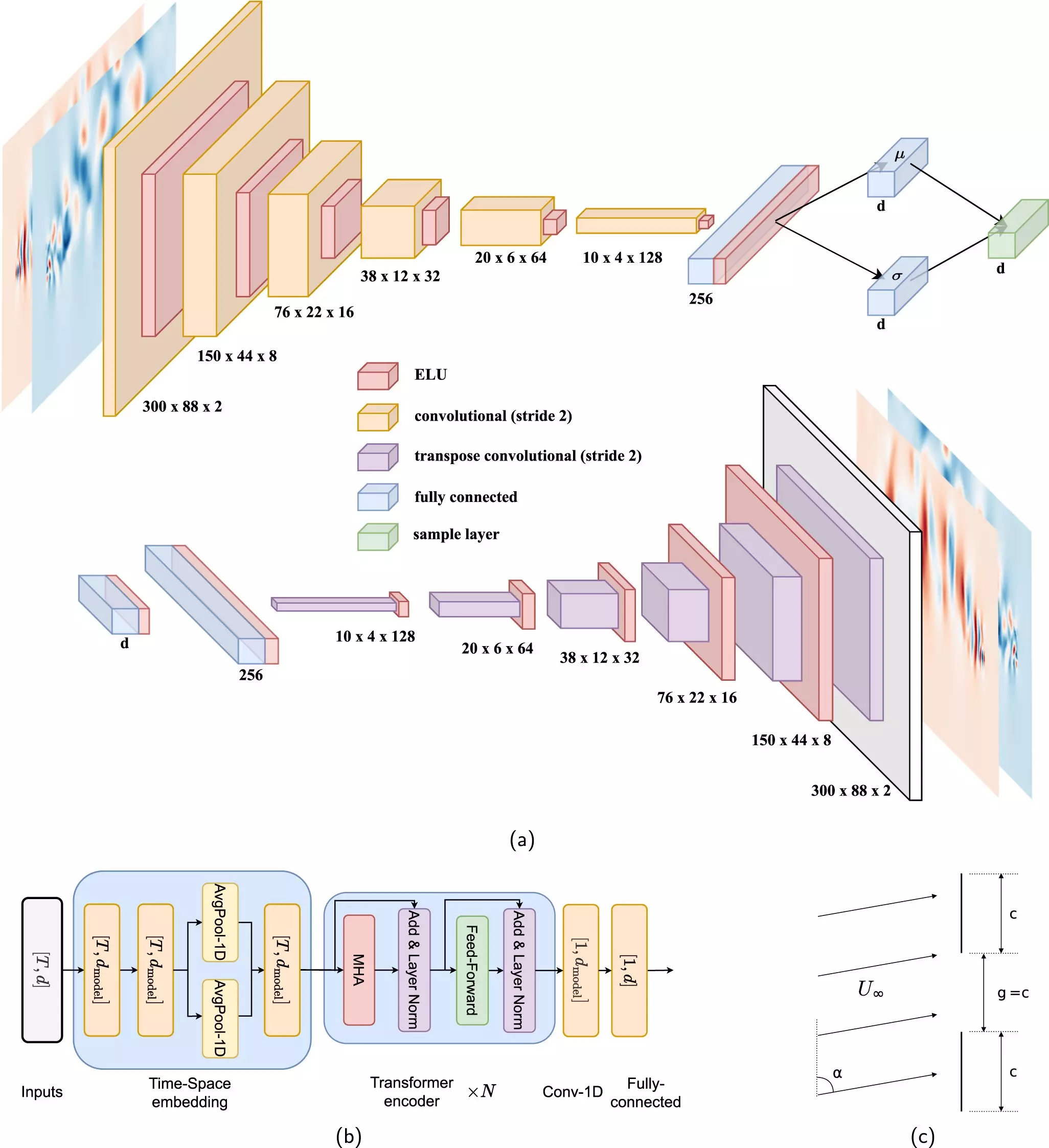Deep learning tools have completely transformed the field of aerodynamic engineering, making planes, cars, and ships more fuel-efficient and structurally refined. The use of neural network architecture in a new computational model has taken the science of reproducing airflow to new heights. This model, developed by researchers at KTH Royal Institute of Technology, along with collaborators in the U.S. and Spain, was recently published in Nature Communications. It has been shown to provide highly accurate predictions of aerodynamic drag while significantly reducing computational cost.
The framework of this computational model is based on what is known as a reduced order model (ROM). While the design may seem simple, the model is built using data obtained from more complex simulations, retaining the most essential features while omitting less critical details. Dr. Ricardo Vinuesa, the lead researcher and fluid mechanics associate professor at KTH Royal Institute of Technology, emphasizes the importance of reducing computational complexity to enhance the efficiency of simulations and analyses. The ability to run numerous scenarios at a low computational cost is crucial in design engineering.
The Role of Neural Networks
The use of neural networks sets this model apart from traditional engineering prediction methods. While standard reduced order modeling in fluidics relies on linear computation, neural networks are capable of learning and mapping intricate relationships between input and output data. This feature is particularly valuable when tackling complex tasks such as predicting and modeling air friction close to the surface of an airplane wing or a train engine. By better understanding how the airflow changes over time, engineers can optimize design elements to reduce drag and enhance aerodynamic performance.
The new computational model boasts an impressive accuracy rate, capturing over 90% of the original physics in flow predictions with relatively low processing complexity. In comparison, traditional linear models like proper-orthogonal decomposition (POD) and dynamic-mode decomposition (DMD) struggle to achieve the same level of accuracy. Linear models oversimplify predictions by using straight lines and planes to represent relationships, whereas neural network models can encompass a wider range of shapes to provide more precise predictions.
Aerodynamic drag plays a significant role in global emissions, making advancements in aerodynamic control crucial for environmental sustainability. By utilizing deep learning technology in aerodynamic control systems, engineers can achieve reductions in drag by up to 50%. These improvements can have a substantial environmental impact and influence the future trajectory of global warming scenarios. The ability to optimize aerodynamic design through accurate predictions is essential in mitigating the environmental impact of transportation and industrial processes.
The integration of deep learning tools and neural network models has paved the way for groundbreaking advancements in aerodynamic engineering. By leveraging the power of computational modeling and artificial intelligence, researchers and engineers can develop more efficient and environmentally friendly vehicles. The ongoing development of these technologies holds immense potential for shaping a more sustainable future in transportation and industrial sectors.


Leave a Reply